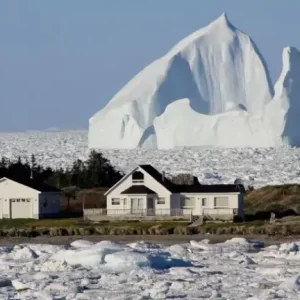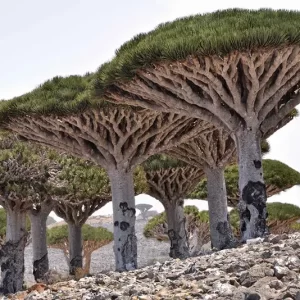
Located in the Philippines, Vulcan Point holds the title of the world’s largest island within a lake (Crater Lake), which itself is on an island (Volcano Island or Taal Island) in a lake (Lake Taal) on an island (Luzon).
This incredible geographical phenomenon is also part of the active Taal Volcano, making Vulcan Point the largest volcano-island-lake formation of its kind.

A Truly Unique Landscape
- Crater Lake: Known as the largest lake on an island (Volcano Island) within another lake (Lake Taal) on an island (Luzon), Crater Lake was formed when Taal Volcano’s main crater filled with water.
- Vulcan Point: A small volcanic cone that protrudes from the turquoise waters of Crater Lake, creating an “island-in-a-lake-in-an-island” effect.
This fascinating “third-order island” came into being as part of Taal Volcano’s active processes, making it not only unique in structure but also a testament to the dynamic forces of nature.

Taal Volcano’s Eruptive History
With eruptions dating back to 3580 BCE, Taal Volcano is the second most active volcano in the Philippines. In 1911, a powerful eruption reduced Vulcan Point’s elevation by 1-3 meters, reshaping the Crater Lake.
More recently, the January 2020 eruption dramatically altered Vulcan Point’s structure, temporarily draining Crater Lake. Fortunately, the lake refilled soon after, much to the relief of those who cherish this rare natural marvel.

A Petite Giant
Though Vulcan Point is relatively small, its geological order and stunning location have earned it global fame. It’s a charming reminder of nature’s ability to surprise and delight, layer by layer.
For nature enthusiasts, geologists, or anyone intrigued by Earth’s quirks, Vulcan Point is a dream destination, perfectly showcasing the beauty of an “island within a lake on an island within a lake on an island.”








